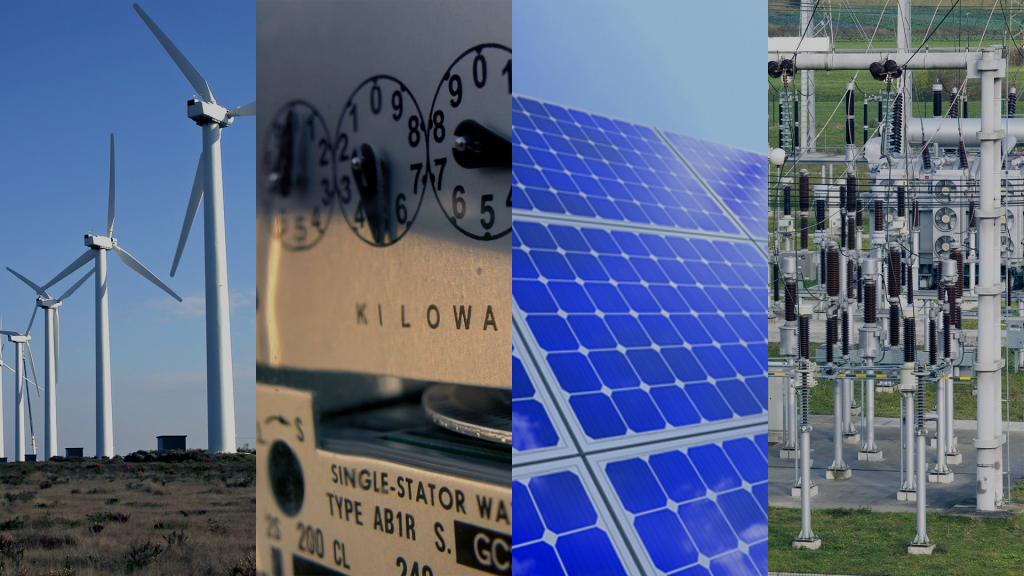The Role of Technology in Renewable Energy Sources
Technology has been a key driver in developing and deploying renewable energy sources. Here are some examples of how technology is used in the realm of renewable energy:
Solar Energy
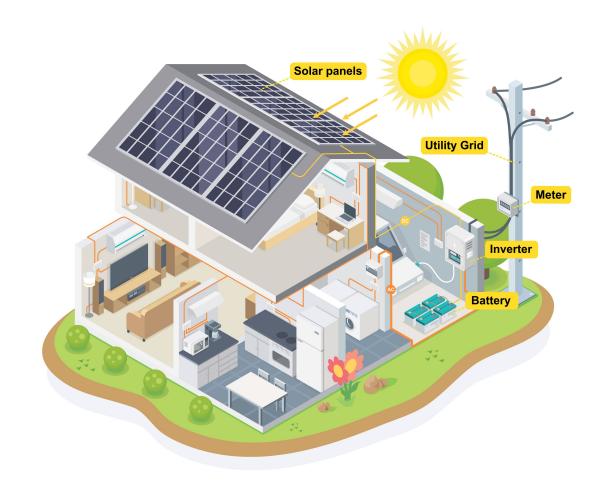
Technology plays a critical role in the development and deployment of solar energy. Here are some examples of how technology is used in solar energy:
1. Solar cell technology
Solar cell technology has advanced significantly over the years, leading to more efficient and cost-effective solar panels. Advances in materials science and manufacturing techniques have led to the development of new types of solar cells. Some examples are thin-film solar cells and perovskite solar cells, which can be cheaper to produce than traditional silicon-based cells.
2. Inverters
Inverters are an essential component of solar energy systems, as they convert the DC electricity generated by solar panels into AC electricity that homes and businesses can use. Advances in inverter technology have led to more efficient and reliable systems that can better integrate with the electric grid.
3. Monitoring systems
Monitoring systems are used to track the performance of solar energy systems and identify any issues that may arise. Advances in monitoring technology have led to more sophisticated systems that can provide real-time performance data and help optimize system efficiency.
4. Solar tracking systems
Solar tracking systems can be used to orient solar panels to maximize their exposure to the sun. Advances in tracking technology have led to more sophisticated systems that can track the sun’s movement throughout the day and adjust the position of solar panels accordingly.
Overall, technology has played a critical role in making solar energy more efficient, reliable, and cost-effective.
Wind Energy

Technology plays a critical role in the development and deployment of wind energy. Here are some examples of how technology is used in wind energy:
1. Turbine design
Advances in turbine design have led to larger, more efficient wind turbines that can generate more electricity with less land use. New turbine designs incorporate sophisticated controls and sensors that optimize performance based on wind speed and direction, leading to higher capacity factors and lower costs for wind energy.
2. Materials science
Advances in materials science have led to the development of stronger and lighter materials that can be used in wind turbine blades. This has enabled the development of larger and more efficient turbines that can generate more electricity.
3. Offshore wind technology
Offshore wind farms are becoming increasingly popular due to the stronger and more consistent wind patterns found offshore. Advances in offshore wind turbine technology have led to the development of floating turbines deployed in deeper waters, expanding the potential for offshore wind energy.
4. Wind forecasting
Wind forecasting technology is used to predict wind patterns and optimize the performance of wind farms. Advances in weather modeling and data analytics have led to more accurate wind forecasts, helping wind farm operators to predict electricity output better and optimize turbine performance.
Overall, technology has played a critical role in making wind energy more efficient, reliable, and cost-effective.
Hydro Energy
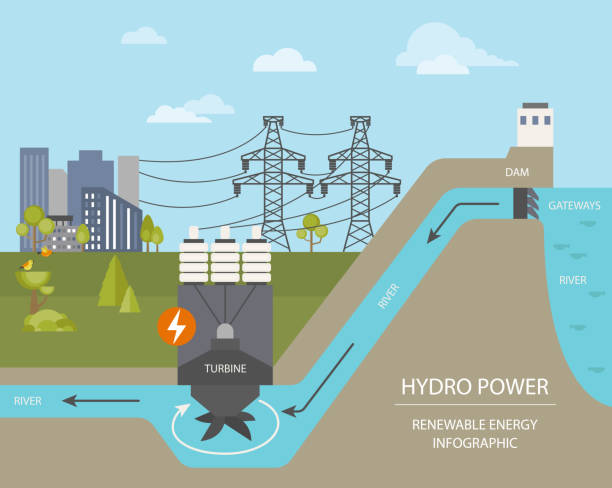
Technology plays a critical role in the development and deployment of hydro energy. Here are some examples of how technology is used in hydro energy:
1. Turbine design
Advances in turbine design have led to more efficient hydroelectric turbines that can generate more electricity with less water. New designs incorporate sophisticated controls and sensors that optimize performance based on water flow and pressure, leading to higher capacity factors and lower costs for hydro energy.
2. Dam safety and control
Advanced sensors and monitoring systems are used to ensure the safety and reliability of hydroelectric dams. These systems can detect changes in water levels, pressure, and temperature, helping to prevent failure and ensure safe operation.
3. Pumped hydro storage
Pumped hydro storage is a technology that can store excess energy generated by hydroelectric power plants for use when demand is high. In pumped hydro storage technology, advances have led to more efficient and cost-effective systems that can store large amounts of energy over long periods.
4. Environmental impact mitigation
Hydroelectric power plants can have significant environmental impacts, particularly on aquatic ecosystems. Advanced monitoring and mitigation technologies, such as fish passage systems and water quality monitoring, can help minimize these impacts and ensure the sustainable operation of hydroelectric power plants.
5. Small-scale hydro
Small-scale hydroelectric systems can generate electricity in remote areas or communities not connected to the electric grid. Advances in small-scale hydro technology have led to more efficient and cost-effective systems that can generate electricity from small streams and rivers.
Overall, technology has played a critical role in making hydro energy more efficient, reliable, and sustainable.
Geothermal Energy
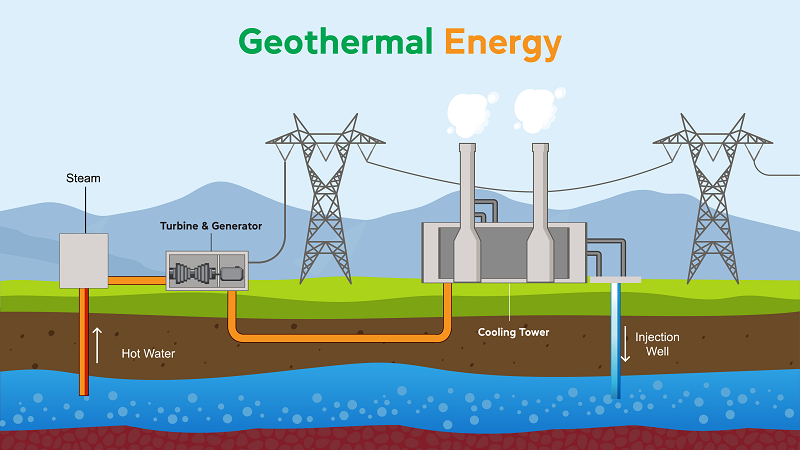
Technology plays a critical role in the development and deployment of geothermal energy. Here are some examples of how technology is used in geothermal energy:
1. Drilling technology
Geothermal energy is generated by tapping into heat from the earth’s core, which requires drilling deep into the earth’s crust. Advances in drilling technology have led to more efficient and cost-effective drilling methods, making it easier to access geothermal resources.
2. Materials science
Advances in materials science have led to the development of more durable and heat-resistant materials that can be used in geothermal systems. This has enabled the development of more efficient and reliable geothermal systems that withstand high temperatures and pressures.
3. Closed-loop systems
Closed-loop geothermal systems circulate fluid through underground pipes to capture heat from the earth and then use that heat to generate electricity. Advances in closed-loop system design have led to more efficient and cost-effective systems that generate electricity from lower-temperature geothermal resources.
4. Enhanced geothermal systems (EGS)
EGS involves creating artificial geothermal reservoirs by injecting water into hot rock formations deep underground. Advances in EGS technology have led to more efficient and cost-effective methods of creating and managing these reservoirs, making it possible to generate electricity from geothermal resources in more locations.
5. Direct-use geothermal
Direct-use geothermal systems use geothermal energy to heat buildings, greenhouses, and other facilities directly without generating electricity. Advances in direct-use geothermal technology have led to more efficient and cost-effective heating and cooling systems that can be used in various applications.
Overall, technology has played a critical role in making geothermal energy more efficient, reliable, and cost-effective.
Energy Storage
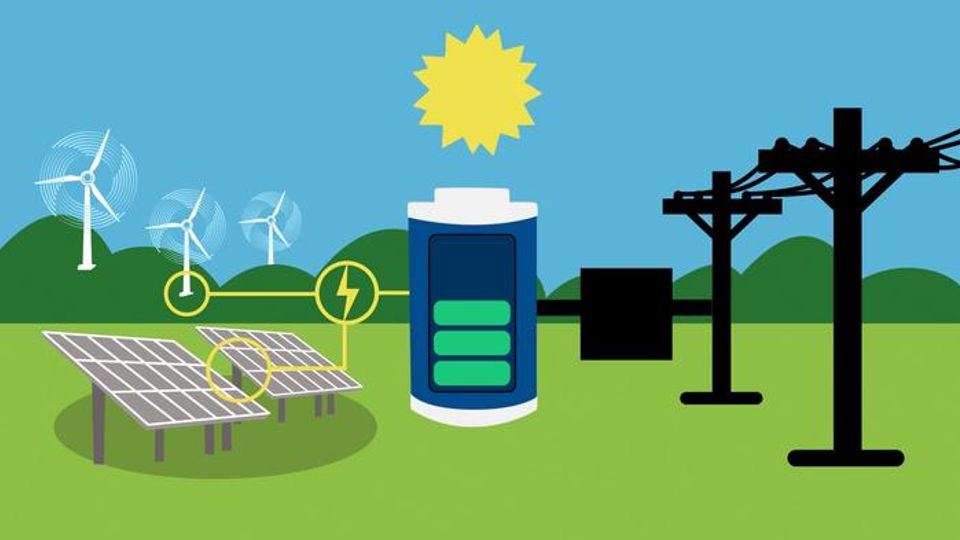
Technology plays a critical role in developing and deploying energy storage systems. Here are some examples of how technology is used in energy storage:
1. Battery technology
Batteries are a common form of energy storage used to store excess electricity for use during periods of high demand. Advances in battery technology have led to the development of longer-lasting, more efficient, and cost-effective batteries, making it possible to store more energy and use it when needed.
2. Pumped hydro storage
Pumped hydro storage is a technology that can store excess energy generated by renewable energy sources, such as wind and solar, for use when demand is high. In pumped hydro storage technology, advances have led to more efficient and cost-effective systems that can store large amounts of energy over long periods.
3. Thermal energy storage
Thermal energy storage systems store heat or cold for later use, making it possible to use excess energy to heat or cool buildings when demand is high. Advances in thermal energy storage technology have led to more efficient and cost-effective systems that can be used in various applications.
4. Flywheel energy storage
Flywheel energy storage systems use a spinning rotor to store kinetic energy, which can be converted back to electricity when needed. Advances in flywheel technology have led to more efficient and cost-effective systems that can provide short-term energy storage.
5. Control systems
Control systems are used to manage and optimize the performance of energy storage systems. Advances in control technology have led to more sophisticated systems that can respond quickly to changes in energy demand and supply, helping to balance the electric grid and improve system reliability.
Overall, technology has played a critical role in making energy storage more efficient, reliable, and cost-effective.
Challenges of Deploying Renewable Energy Technologies
There are several challenges associated with deploying technology in renewable energy sources, including:
1. Cost
While renewable energy technologies have decreased significantly in recent years, they can still be more expensive to deploy than traditional fossil fuel-based energy sources. This can make it challenging to attract investment and achieve widespread adoption of renewable energy technologies.
2. Intermittency
Renewable energy sources, such as wind and solar, can be intermittent, meaning they may not generate electricity consistently over time. Integrating renewable energy sources into the electric grid and maintaining system reliability can make it challenging.
3. Infrastructure
Deploying renewable energy technologies often requires significant infrastructure investments, such as building transmission lines and upgrading the electric grid. These investments can be expensive and time-consuming and may require coordination between multiple stakeholders and government agencies.
4. Policy and regulatory barriers
Policies and regulations can impact the deployment of renewable energy technologies, both positively and negatively. For example, policies such as tax incentives and renewable energy mandates can encourage the deployment of renewable energy technologies, while regulations such as permitting requirements can create barriers to entry.
5. Public acceptance
Deploying renewable energy technologies can sometimes face opposition from local communities, who may be concerned about the visual impact of wind turbines or the environmental impact of large-scale solar farms. Building public support for renewable energy technologies can be an important challenge to overcome.
While challenges are associated with deploying technology in renewable energy sources, many of these challenges can be addressed through continued research and development, policy and regulatory support, and public education and engagement. By continuing to invest in renewable energy technologies and addressing these challenges, we can reduce our reliance on fossil fuels and transition to a more sustainable energy system.
Final Word
Overall, technology plays a critical role in developing and deploying renewable energy sources. By continuing to invest in research and development, we can make renewable energy even more efficient, reliable, and cost-effective, leading to a cleaner and more sustainable energy future.
